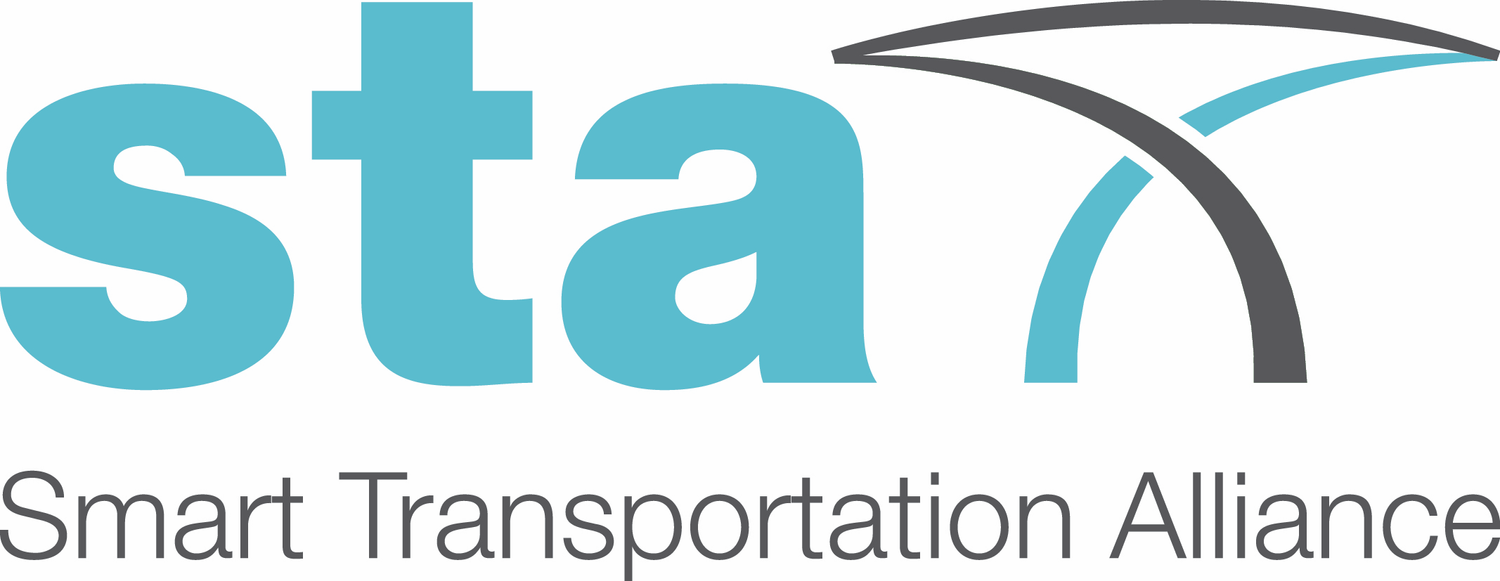STA Newsletter
Issue # May 2016
A bi-monthly online journal providing news and background about activities undertaken by STA with a view to improving the methods, technologies and standards associated to transportation infrastructures.
Dr. José Manuel Vassallo named as Chair for STA Technical Committee 4 (Smart Financing)
9 May 2016
José Manuel Vassallo holds a Ph.D. in Transport Economics from the Technical University of Madrid (UPM). He is Professor and Head of the Transportation Department at the Civil Engineering School (UPM).
José Manuel Vassallo has also received several awards for his research and publications. He has also worked for several institutions such as the World Bank, the Government of Chile, the Andean Corporation of Development, and the European Conference of Ministers of Transportation (now know as the International Transport Forum, ITF).
This professional experience is a major addition to the leadership of the TC 4 (Smart Financing).
STA launches eight Certified Training Programmes
4 May 2016
With the objective of facilitating the exchange of international good practice connected to the methods, technologies and standards associated to transportation infrastructures, STA has launched a set of eight STA Certified Programmes, which are conceived as ‘knowledge transfer‘ training courses for mobility professionals, both in the private and public sectors.
Delivered both online and face-to-face, the STA Certified Programmes currently cover the following areas of knowledge:
Certified Programme in Pavement Construction and Maintenance
Certified Programme in Road Infrastructure Safety Management
Learn further details here.
“Adaptation of infrastructure to climate change requires taking in account every stage of the infrastructure management process: planning, design, construction, operation and maintenance.”
NEWS OF INTEREST
Santiago’s subway system will soon be powered mostly by solar and wind energy
Roadside sensors and the data gathered from them can be easily hacked, according to field tests by researchers from Kaspersky Lab on the streets of Moscow.
Transport infrastructure in modern cities typically includes an array of traffic and road sensors, cameras, and even smart traffic light systems. Data from these devices is gathered in real time and used to manage traffic flows and other functions via real-time road traffic maps, as well as being collated for future planning decisions. The Kaspersky Lab team found all technical documentation, including information on what commands could be sent to the device by a third party, readily available at the vendor's website.
"Our research has shown that it is easy to compromise the data. It is essential to address these threats now, because in the future this could affect a bigger part of a city's infrastructure."
European Commission rewards European road-safety initiatives
The Commissioner for Transport, Violeta Bulc, took part in a ceremony last week in Brussels (Belgium) to reward organisations for their commitments to road safety.
The Excellence in Road Safety Awards 2016 recognises those organisations that have a significant impact on saving lives on Europe’s roads.
The winners were selected from the two categories, School Challenge and Best Practice
Why Can't the United States Build a High-Speed Rail System?
Virtually every wealthy nation in the world has invested in a high-speed rail network—with the striking exception of the United States. From Japan to France, even from Turkey to Russia, trains travel through the country at speeds of 150 miles per hour or above, linking city centers and providing a desirable alternative to both air and automobile travel.
Meanwhile, outside Amtrak's 28 miles of 150-m.p.h. track in rural Massachusetts and Rhode Island, the American rail network is largely limited to speeds of 110 m.p.h. or less. There are few reasons to think the situation will change much in the coming decades
TRA2016: Key statistics and day by day highlights now available
The 2016 edition of the Transport Research Arena (TRA2016) proved to be a great success from 18-21st April 2016. Some 2,400 participants from 62 countries from all around the world attended this event, the sixth of its kind, along with some 60 exhibitors.
Key statistics from TRA2016 are available here. An overview of the main happenings per day at TRA2016 is also available at this link.
ADB Launches Youth Video Contest To Find New Transport Ideas for Asia
The journey rather than the destination is often hailed as the best part of travel but in many parts of Asia, traffic jams, air pollution, crowded services, or poor transport links can make commuting over short and long distances less than a pleasure.
The Asian Development Bank (ADB) would like to hear from young people on what they think is the best way to tackle the issue and today launched a youth video competition—“Are We There Yet? Our Journey to a Sustainable Transport Future”. The competition will coincide with ADB’s 5th Transport Forum to be held in Manila, Philippines from 12-16 September.







